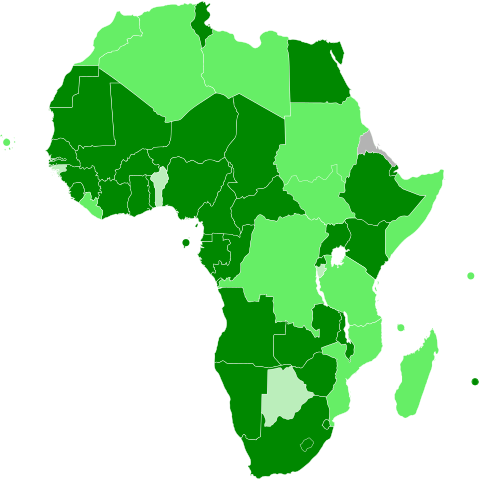By Étienne Le Roy is Professor Emeritus of Anthropology of Law at the University of Paris 1 Panthéon- Sorbonne /LAJP
Summary :
In addition to purely private goods (rival and exclusive) and purely public goods (non-rival and non-exclusive) such as lighting, there are hybrid or mixed goods, both exclusive and non-rivalrous, such as bridges and highways on which tolls can be established, but whose individual consumption is not reduced by that of others. But it is still possible to encounter another type of mixed property that is both non-exclusive and rival, such as fishing grounds, pastures, irrigation systems, i.e. property that is difficult to prohibit or restrict, but can be individually exploited for personal use. It is these assets that Elinor Ostrom has designated as “common-pool resources”), i.e. the pooling of resources that gives rise to collective management for their use and sharing. A wide-ranging debate had taken place around an article by Garrett Hardin which, in 1968, appeared in the Tragedy of the Commons. Based on his experience and the terrain on which he has worked, Étienne Le Roy explains the challenge of land and what the common perspective brings.
The year 2014 was marked by the publication, in May, of three French-language books on the outbuildings (Bollier 2014, Dardot and Laval 2014, Parrance and Saint Victor 2014). Other initiatives that have emerged include the preparation of a “Dictionnaire des communs” for PUF editions (forthcoming), international conferences and the emergence of new networks of researchers specifically dedicated to this theme. Some do not hesitate to speak of a revolution of the commons in progress. But, in reality, the fields concerned are not, at least in France or Europe, so important that they imply taking the term revolution as a radical break with the old order. The astronomical meaning of the term is more appropriate as a return of a (celestial) body to a point that it previously occupied on an orbit because the new practices we will discuss later belong to modes of behaviour that were the norm in pre-capitalist and community societies and which, although they gave in to consumerism and individualism, did not disappear. These behaviours remained there, partly hidden, partly practiced in a somewhat shameful way and it was in particular the financial crisis of 2008 and then, in the academic world, the Nobel Prize in Economics awarded in 2009 to Elinor Ostrom that helped to put the old question of the Commons, better known in English as “commons”, back on the world stage. Or rather better caricatured because at least two generations of economist, politician or sociologist researchers have been blocked by a small article from 1968, published in the prestigious journal Science, by an unknown, Garett Hardin, who has gained not only a catchy title, “the tragedy of the commons” (Hardin, 1968) but above all thanks to the context of neoliberal revolution (this time as a rupture of the old order of the welfare state) advocated by R. Reagan or M. Thatcher. By proposing to generalize private ownership of land wherever it was held in common on the basis of an erroneous explanation but which few researchers dare to discuss, Hardin responds to the implicit demand of the major donors (World Bank and International Monetary Fund) who must justify the globalization of their proprietary practices to impose land titling policies in their structural adjustment programs.
The imposture having been identified (Le Roy, 1996, 2011, Bollier, 2014) and even recognized by its author (Falque, 2003), we still had to rebuild a stricken theme by moving from the economic policy analysis developed by Elinor Ostrom (Ostrom, 2010) to the legal field. However, the new theory of communes under development meets with the modern conception of land ownership a major difficulty, its exclusive and absolute characteristics which may not allow communes to benefit from legal recognition commensurate with the new practices. In its literal legal sense, the right of ownership excludes the consideration of common property. However, by changing scale and logic, we will see that it is possible to move from confrontations to complementarities if we accept the idea that different legal systems are at work here. However, it is necessary to understand the stakes.



